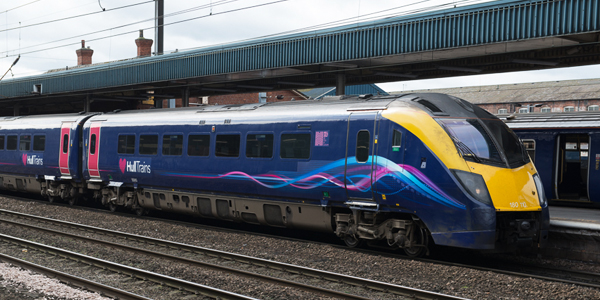Is there any info on this forum about this case, I would be interested to know what the verdict was because I find it incredible that the guard really didn't give a toss to the point of deliberately endangering life. Is there any possibility that the guard
looked but didn't see, which is a common cause of collisions on the roads especially between motor vehicles and cyclists.
The unanimous verdict after just a few hours' deliberation was that the guard was guilty of manslaughter by gross negligence. The chronology is as follows:
In the trial, the guard admitted he was frustrated with the disorderly conduct displayed by passengers on the train (which might be typical of a Liverpool night out). The driver, who was called as a witness, said it was "rowdy". The deceased had previously alighted at Meols and then run back onto the train, after being told by her friends it was the wrong stop. The guard actually got out of his cab there and walked along the platform to intervene personally with this passenger. Later, at James Street, he observed the same passenger leave the train, and then return to it. He delayed the departure momentarily for this reason. She then leaned on the train to say goodbye to a friend in the window, which threatened to make the train even more delayed than it was. At this time the platform is deserted except for her. The guard is seen to clearly look directly at the woman, and then gives the departure signal while she is in contact with the train. The train departs, and she is seen to still be in contact with the train, at which point the guard waves her - and possibly also shouts - to move away. The guard does not give the stop signal - one on the buzzer - at this time. The woman then slips during contact with the train is falls under it, where she suffered an unmentionable injury which meant she was clearly immediately deceased. It is only when she falls that the guard gives the signal to stop.
The judge's sentencing remarks concluded:
"In my judgment, the CCTV footage is unequivocal, Georgia Varley was not moving away and she was not showing any sign of moving away.
"She only moved when the movement of the train deprived her of support and caused her to lose balance and fall to her death.
"I am satisfied that you merely hoped and assumed she would get out of the way when the train began to move, and on that wholly inadequate basis you took a terrible risk."
The original thread is here:
https://www.railforums.co.uk/threads/merseyrail-guard-on-trial.74367/ - as a content warning I should say there are some predictably appalling attitudes to the deceased, even on the first page, and some from people who work in safety critical roles on the railway. An illuminating read into how some people view duty of care. Anyway, every so often on this forum, someone will bring up James Street as some sort of injustice against the guard. If you move a train with a passenger leaning on it then you don't give a toss about their safety and that is exactly why the guard was guilty - gross negligence. The end.

